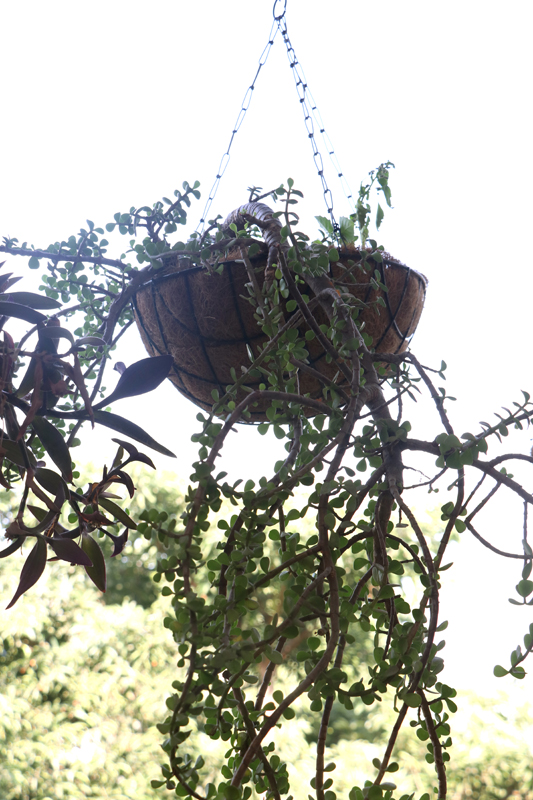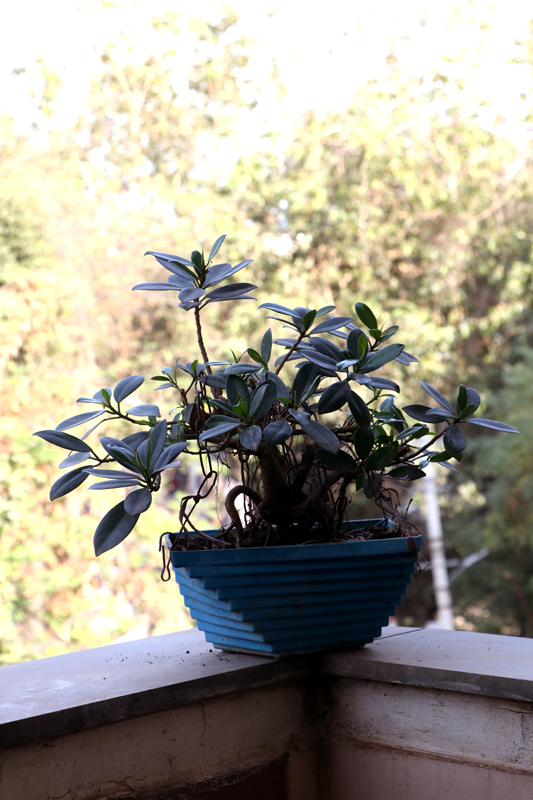Origin of the Word Cactus
Cacti' is the Latin plural; 'cactuses' is the English plural. The name cactus (official name Cactaceae) is derived from the Greek word 'kaktos', which means 'spiky plant'. Scientific researches, studies, and print media favor the usage of cacti over cactuses.

Biological peculiarities of cacti
1. Cacti Can Store An Unbelievable Amount Of Water In A Short Time.
To cope with the dry and hot conditions in the desert, cactus stores plenty of water whenever it rains. Therefore, the plants have shallow root systems to allow them to absorb as much water as possible. The roots are only 1.3 cm deep, hence it doesn’t take long for the rainwater to reach them for absorption. Aside from being shallow, the shallow roots also transverse across large areas. Covering a larger surface area allows the roots to absorb lots of water at a go.
2. Cacti Stomata Only Open At Night
The cactus will go to extreme lengths to conserve water, and that includes opening its stomata only at night. As you may know, plants open their stomata during the day to serve as a gas intake and exhaling point for photosynthesis. Photosynthesis is the process that enables plants to produce food and energy their growth and survival. During photosynthesis, plants transpire and lose a lot of water in the process. During the day, water loss is especially high in deserts where the extremely hot sun. Cacti have adopted a concept that scientists refer to as crassulacean acid metabolism (CAM). CAM allows the plants to only open their stomata at night when temperatures are cooler. At night, these plants store carbon dioxide and release it during the day for food manufacture. During summer, the temperatures are unbelievably hot, and this stresses the plants. During this season, cacti keep their stomata closed both day and night, and this leads to a dormant phase where the plants don’t grow at all.
3. Cacti Have Spines Instead Of Leaves
A cactus plant has spines instead of leaves, and this is nature’s way to help the plant survive. The spines come in a variety of forms, like awl, straight, curved, needle, bristle, hair, round, hooked etc. There are very important reasons why a cactus plant favors the spiky protrusions instead of leaves. The following are the roles that spines play in a cactus plant.
![]() Protection
Protection
The desert has plenty of herbivores that depend on different desert plants for food and the cactus is no exception. With its fleshy appearance, the plant is bound to attract different animals, and this is where the spines come in. Aside from animals, the plants are also under threat from poachers. There’s a lucrative black market for cactus trade, which leads to the destruction of the plants. Repeated destruction of the cactus might eventually lead to extinction. Spines act as a defense mechanism for the plant.
![]() Water collection
Water collection
Spines help to collect water in foggy deserts, and this is how they do it. When the fog lands on the spines, it later turns into the water that trickles down on the ground below. The plant’s roots then absorb this water for storage by the plant.
![]() Air trapping
Air trapping
Airflow can lead to water loss, and spines help break the flow of air around a cactus plant. Without the buffer that the spines create, there would be too much water evaporation and the plants would otherwise lose a lot of water.
![]() Shade
Shade
The desert climate is extremely hot, and the spines collectively provide shade. Without the shade, the desert sun would soon dry out all the moisture from the plants, and they wouldn’t be able to survive.
![]() Propagation
Propagation
Propagation is important for the growth of new plants in the same species. Spines that are blown around by strong desert winds or that pierce animals often find themselves in new locations. The spines then grow into cacti plants which ensures the continuation of life for the plants when the older ones die of old age.












